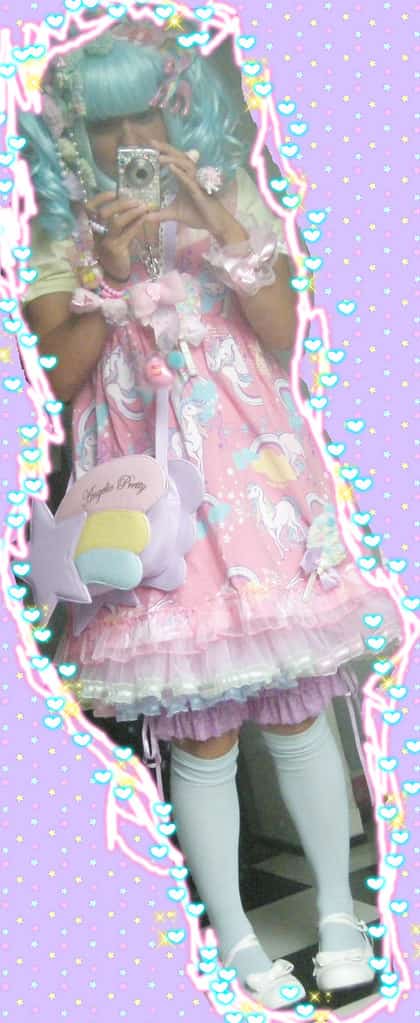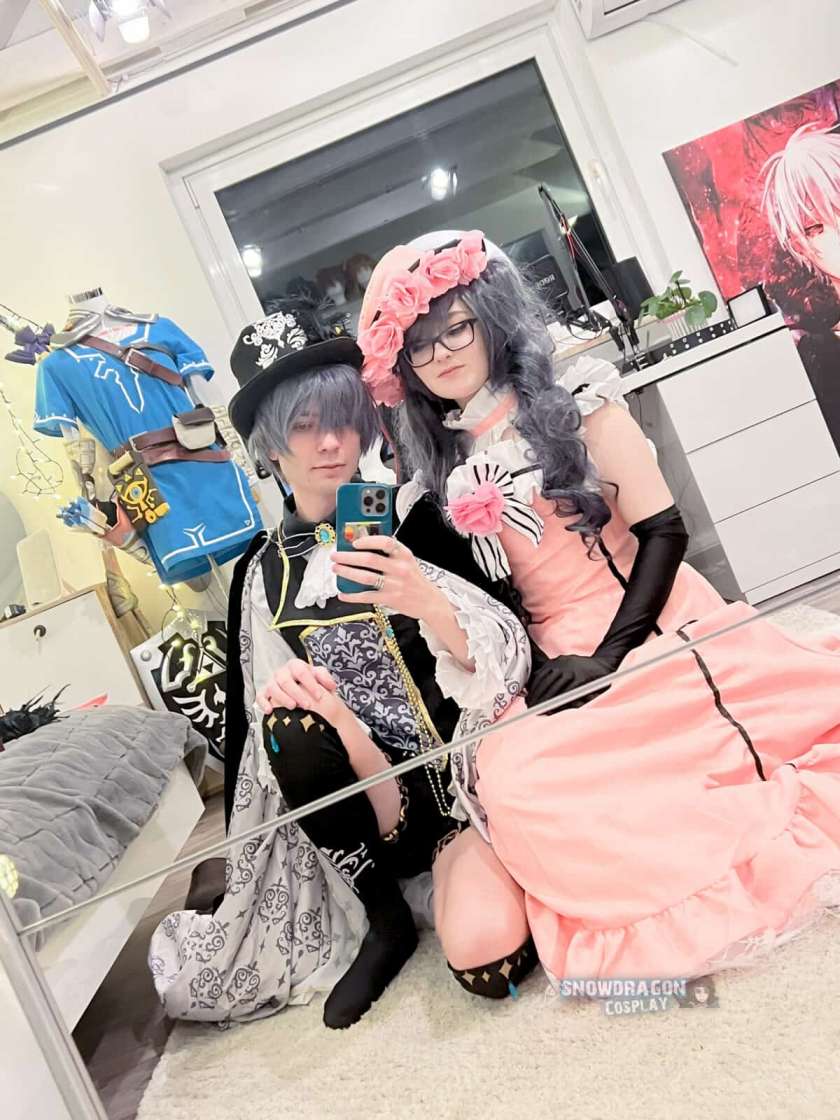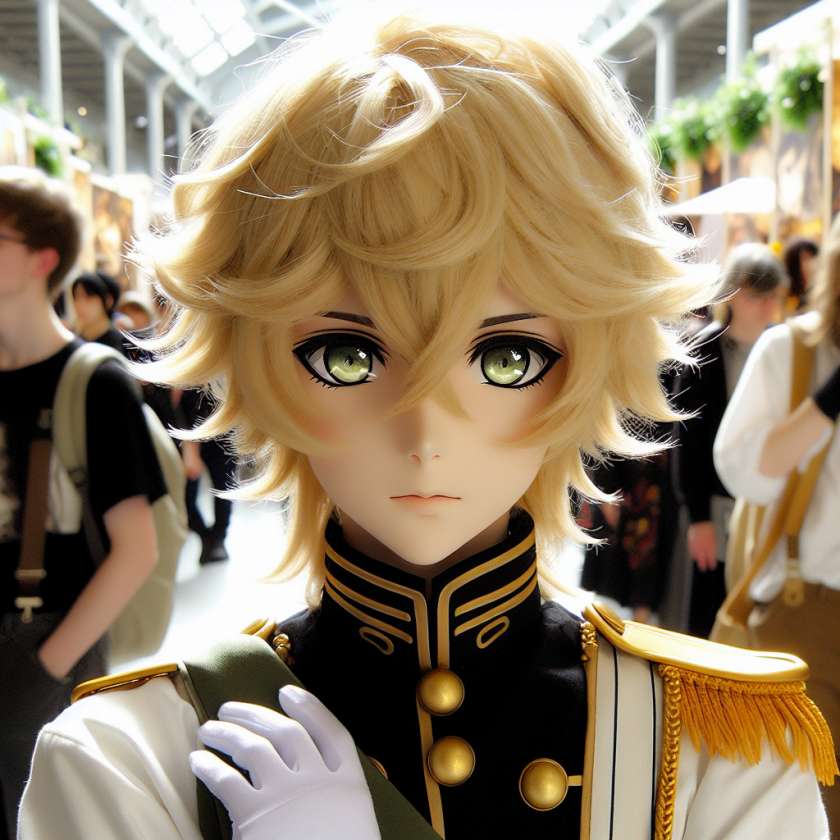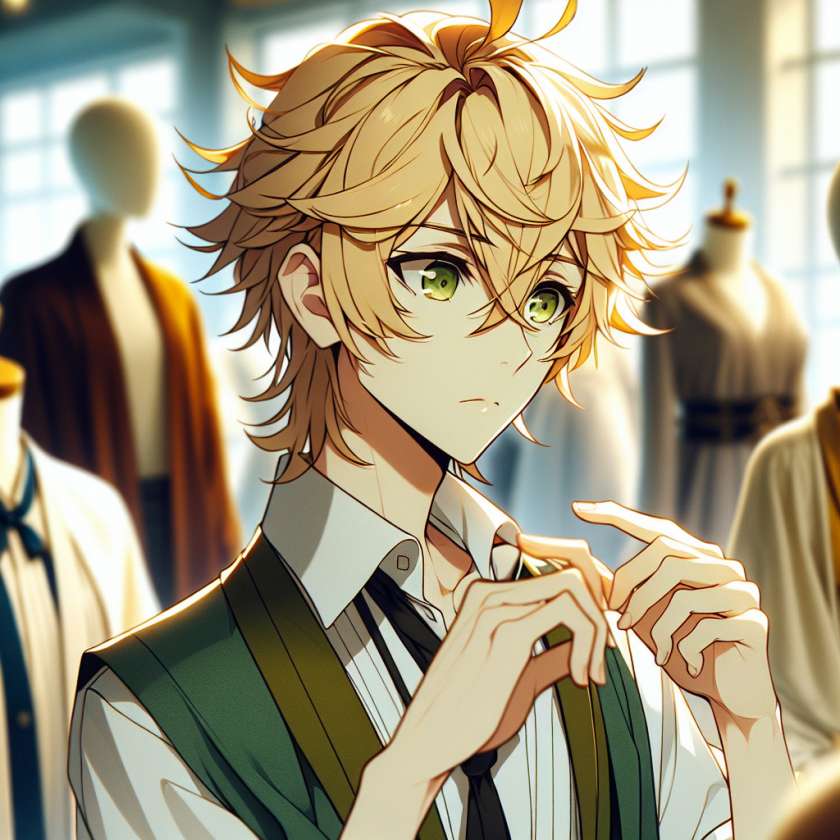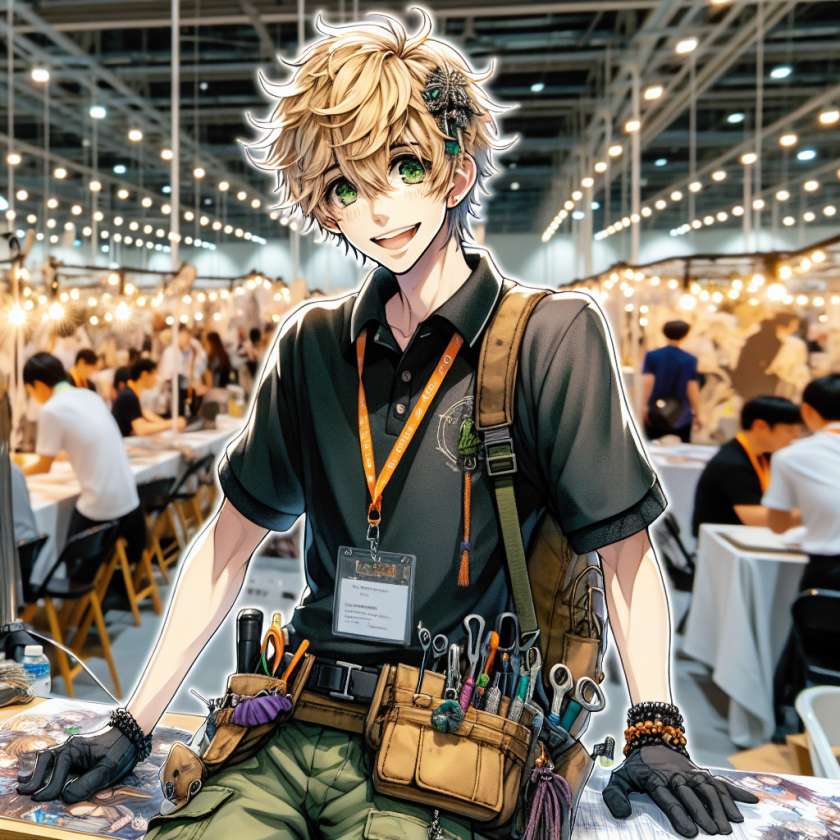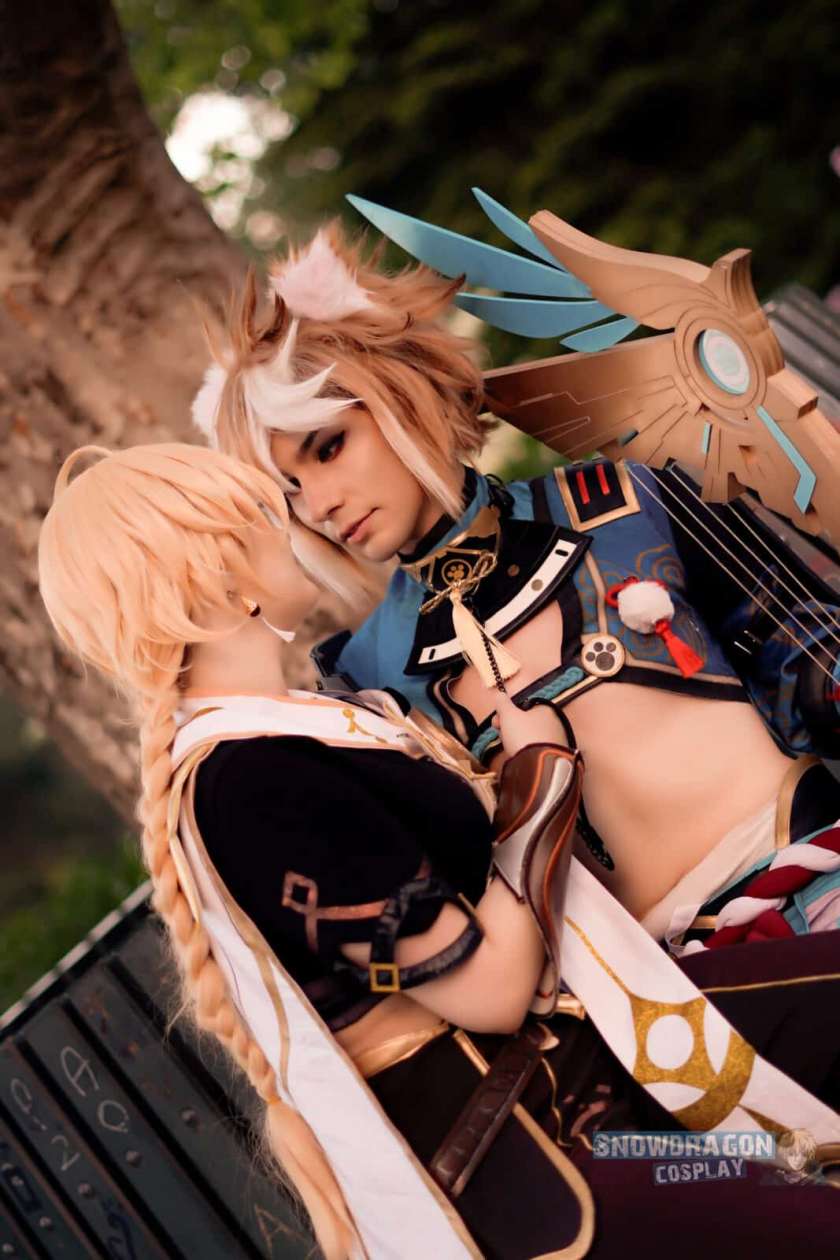https://images-wixmp-ed30a86b8c4ca887773594c2.wixmp.com/f/b91e92d1-9252-47c2-acf7-8bd7f0c71ba3/dcx3950-623cc60d-d237-432a-aebb-60f585a4ddee.jpg/v1/fill/w_1024,h_643,q_75,strp/outfit_adopts__5__8___closed_by_khatto_adopts_dcx3950-fullview.jpg?token=eyJ0eXAiOiJKV1QiLCJhbGciOiJIUzI1NiJ9.eyJzdWIiOiJ1cm46YXBwOjdlMGQxODg5ODIyNjQzNzNhNWYwZDQxNWVhMGQyNmUwIiwiaXNzIjoidXJuOmFwcDo3ZTBkMTg4OTgyMjY0MzczYTVmMGQ0MTVlYTBkMjZlMCIsIm9iaiI6W1t7ImhlaWdodCI6Ijw9NjQzIiwicGF0aCI6IlwvZlwvYjkxZTkyZDEtOTI1Mi00N2MyLWFjZjctOGJkN2YwYzcxYmEzXC9kY3gzOTUwLTYyM2NjNjBkLWQyMzctNDMyYS1hZWJiLTYwZjU4NWE0ZGRlZS5qcGciLCJ3aWR0aCI6Ijw9MTAyNCJ9XV0sImF1ZCI6WyJ1cm46c2VydmljZTppbWFnZS5vcGVyYXRpb25zIl19.PHrr4DkZEAo5eIw-KnSO78ioJ6Otg5aMFVeXxt7ZXfk
[Sassy_Follow_Icons]
The Meaning of “Kawaii” in Japanese Culture
When it comes to understanding the concept of “kawaii,” it’s important to dive into the heart of Japanese culture. Kawaii, which translates to “cute” or “adorable,” is more than just a word in Japan. It’s a cultural phenomenon that permeates every aspect of society, from fashion and entertainment to food and even technology.
In Japan, kawaii is not just limited to the aesthetics of something being cute; it also embodies qualities such as innocence, purity, and childlike wonder. This concept has deep roots in Japanese history and can be traced back to the Edo period when artists began creating adorable illustrations known as “ukiyo-e.” These prints depicted charming scenes from everyday life and were highly popular among the masses.
Today, kawaii is ingrained in Japanese society, with companies incorporating cute characters into their branding, schools embracing uniforms with playful designs, and people of all ages expressing themselves through kawaii fashion choices. The popularity of kawaii extends beyond Japan’s borders, captivating people around the world who are drawn to its whimsical charm.
The Origin of Kawaii Outfits: Exploring the Concept
The origins of kawaii outfits can be traced back to Harajuku, a vibrant neighborhood in Tokyo known for its avant-garde fashion scene. In the 1980s, young people in Harajuku started experimenting with unique clothing styles that deviated from traditional norms. They sought self-expression through bold colors, unconventional silhouettes, and an overall sense of playfulness.
This movement eventually gave birth to what we now know as kawaii fashion. The concept behind kawaii outfits is simple: they are meant to evoke a sense of childlike joy and cuteness while allowing individuals to express their creativity and individuality. Kawaii outfits often feature oversized bows, frilly skirts, pastel colors, and cute accessories like plush toys or animal-themed jewelry.
What sets kawaii outfits apart is their ability to transform everyday clothing into something whimsical and fun. It’s about embracing your inner child and finding joy in the small details. Whether you’re wearing a dress adorned with cartoon characters or rocking a pair of colorful knee-high socks, kawaii outfits are all about celebrating the lighter side of life.
Key Characteristics of Kawaii Outfits: What to Look For
If you’re looking to incorporate kawaii elements into your wardrobe, there are certain key characteristics to keep in mind. Here are some things to look for when putting together a kawaii outfit:
[publishpress_authors_box layout="ppma_boxes_890427"]
Pastel Colors:
- Pink, lavender, mint green – these soft hues are staples of kawaii fashion.
- Opt for light shades that evoke a sense of sweetness and innocence.
Cute Prints:
- Look for clothing with adorable prints such as hearts, stars, animals, or even food items like cupcakes or ice cream cones.
- These prints add an extra touch of charm to any outfit.
Ruffles and Frills:
- Kawaii outfits often feature ruffles and frills on dresses, skirts, blouses, or even socks.
- These feminine details add a playful and whimsical element to your look.
4. Popular Kawaii Fashion Brands and Designers to Know
Japanese Kawaii Brands
When it comes to kawaii fashion, there are several popular Japanese brands that have become synonymous with the style. One such brand is “Liz Lisa,” known for its feminine and girly designs featuring pastel colors, lace, and floral patterns. Another well-known brand is “Swankiss,” which offers a mix of sweet and edgy styles with a focus on cute accessories like bows and ribbons. “6%DOKIDOKI” is another iconic brand that embraces bright colors, bold prints, and playful accessories.
International Kawaii Designers
Kawaii fashion has also gained popularity outside of Japan, leading to the emergence of international designers who incorporate kawaii elements into their designs. One notable designer is Anna Sui, known for her whimsical and romantic aesthetic inspired by fairy tales and pop culture references. Another renowned designer is Jeremy Scott, who often incorporates kawaii motifs in his collections, such as cartoon characters or vibrant prints.
Kawaii Collaboration Collections
In recent years, many brands and designers have collaborated with kawaii icons to create unique collections. For example, popular Japanese streetwear brand A Bathing Ape (BAPE) collaborated with Sanrio’s Hello Kitty to produce a collection featuring BAPE’s signature camouflage print alongside Hello Kitty’s adorable face. These collaborations not only bring together different aspects of kawaii culture but also introduce new audiences to the world of kawaii fashion.
5. Social Media’s Influence on the Popularity of Kawaii Outfits
Social media platforms such as Instagram and TikTok have played a significant role in boosting the popularity of kawaii outfits worldwide. Influencers and content creators have embraced the kawaii aesthetic, sharing their unique outfits and styling tips with their followers.
Kawaii Fashion Influencers
There are several popular influencers who have gained a massive following by showcasing their love for kawaii fashion. One example is @haruka_kurebayashi, a Japanese influencer known for her colorful and whimsical outfits that incorporate various kawaii elements. Another influential figure is @milklim_bunny, who often features pastel-colored outfits and accessories, inspiring others to embrace the kawaii style.
Trends and Challenges
Social media platforms also contribute to the constant evolution of kawaii fashion trends. Users share their own interpretations of the style, leading to new subgenres and variations within the kawaii community. Additionally, challenges like #KawaiiOutfitOfTheDay encourage users to showcase their creativity by putting together unique kawaii outfits.
6. Common Elements and Accessories in Kawaii Outfits
Kawaii outfits are characterized by specific elements and accessories that help create the cute and playful aesthetic associated with the style.
Pastel Colors
- Pink
- Lavender
- Mint Green
- Baby Blue
Cute Prints and Patterns
- Polka Dots
- Stripes
- Animal Prints (e.g., cats, bunnies)
- Floral Patterns
In addition to these elements, accessories play a crucial role in completing a kawaii outfit:
Bows and Ribbons
Bows and ribbons are popular accessories in kawaii fashion. They can be worn as hair accessories, attached to clothing, or used as decorative accents on bags or shoes.
Statement Headwear
Kawaii outfits often feature statement headwear like oversized bows, cat ears, or floral crowns. These accessories add a whimsical touch to the overall look.
Cute Bags and Backpacks
Kawaii fashion enthusiasts often opt for bags and backpacks with adorable designs featuring characters like Hello Kitty or Rilakkuma. These accessories not only serve a practical purpose but also contribute to the kawaii aesthetic.
7. Exploring Color Palettes Associated with Kawaii Fashion
The color palettes commonly associated with kawaii fashion are vibrant, playful, and often inspired by sweet treats and pastel hues.
Candy-Inspired Colors
- Cotton Candy Pink
- Lemon Yellow
- Mint Green
- Lavender Purple
Pastel Palette
- Soft Pink
- Pale Blue
- Lilac Purple
- Mint Green
These color palettes are frequently combined to create harmonious and eye-catching kawaii outfits that evoke a sense of sweetness and innocence.
8. Incorporating Kawaii Elements into Everyday Outfits: How-To Guide
Mixing Cute Accessories with Basic Pieces
A simple way to incorporate kawaii elements into everyday outfits is by combining cute accessories with basic clothing pieces. For example, pairing a pastel-colored cardigan with jeans and adding a bow headband can instantly add a touch of kawaii to an otherwise ordinary outfit.
Layering and Mixing Prints
Another technique is to experiment with layering and mixing prints. Try layering a polka dot blouse under a striped sweater or combining floral patterns with animal prints for a playful and eclectic look.
Accessorizing with Kawaii-inspired Jewelry
Kawaii-inspired jewelry, such as necklaces featuring cute charms or earrings shaped like animals, can be the perfect finishing touch to elevate any outfit. These small details contribute to the overall kawaii aesthetic without overpowering the look.
9. Cultural Considerations when Wearing Kawaii Outfits Outside Japan
Respectful Appreciation of Culture
When wearing kawaii outfits outside Japan, it is important to approach it with respectful appreciation for the culture it originates from. Understanding the cultural significance behind certain elements and symbols helps avoid cultural appropriation.
Adapting to Local Norms
Awareness of local norms and dress codes is crucial when wearing kawaii outfits in different countries. While kawaii fashion may be embraced in certain communities, it might not be widely accepted in others. Adapting the style to fit within local norms allows for cultural exchange while respecting boundaries.
10. Famous Subgenres and Styles within the Realm of Kawaii Fashion
Gothic Lolita
Gothic Lolita is a subgenre of kawaii fashion that combines elements of gothic fashion with the cute aesthetics of kawaii. It often features Victorian-inspired clothing, lace details, dark colors, and accessories like parasols or bows.
Fairy Kei
Fairy Kei is a style that embraces pastel colors, vintage clothing, and whimsical accessories. It often incorporates elements like fluffy petticoats, oversized bows, and toy-like accessories to create a dreamy and nostalgic look.
Decora
Decora is a subculture within kawaii fashion that focuses on excessive layering of colorful accessories. Participants in this style wear numerous hair clips, bracelets, necklaces, and socks adorned with cute charms or characters.
11. Celebrities and Influencers Embrace the Trend of Wearing Kawaii Outfits
Katy Perry
Katy Perry is known for her bold and playful fashion choices, often incorporating kawaii elements into her outfits. She has been spotted wearing colorful wigs, cartoon-inspired dresses, and accessorizing with cute accessories like bows or novelty bags.
Nicole Richie
Nicole Richie has embraced kawaii fashion by incorporating elements such as pastel colors and whimsical prints into her wardrobe. She often pairs feminine dresses with statement headwear or adds playful touches through her choice of accessories.
Kiko Mizuhara
Kiko Mizuhara, a Japanese-American model and actress, is known for her eclectic sense of style that frequently includes kawaii elements. She effortlessly combines streetwear pieces with cute accessories to create unique and eye-catching looks.
12. Occasions and Events for Dressing in Kawaii Attire: What to Expect
Anime Conventions
Anime conventions provide an opportunity for fans of kawaii fashion to showcase their outfits inspired by their favorite anime characters or general kawaii aesthetics. These events often feature cosplay competitions, fashion shows, and vendor booths selling kawaii merchandise.
Harajuku Street Fashion
Visiting Harajuku in Tokyo, Japan offers a chance to witness firsthand the vibrant street fashion scene that encompasses various kawaii styles. On Sundays, Takeshita Street becomes a popular gathering spot for fashion enthusiasts who showcase their unique outfits and accessories.
Kawaii-themed Parties or Meetups
Kawaii-themed parties or meetups are organized by communities of kawaii fashion enthusiasts. These events provide an opportunity to connect with like-minded individuals, share outfit inspiration, and celebrate the kawaii culture together.
13. DIY (Do-It-Yourself) in Creating Unique and Personalized Kawaii Outfits
Crafting Custom Accessories
One way to personalize kawaii outfits is by crafting custom accessories. This can involve making bows, hair clips, or jewelry using materials like fabric, beads, or polymer clay. DIY tutorials and online communities offer guidance and inspiration for creating unique pieces.
Customizing Clothing Items
Another approach is to customize clothing items by adding cute patches or appliques featuring kawaii characters or motifs. This allows for personalization while incorporating individual style preferences into the outfit.
14. Global Interest in Anime and Manga Boosts Popularity of Kawaii Fashion Worldwide
Influence of Anime and Manga Characters
Anime and manga have gained significant popularity worldwide, leading to increased interest in kawaii fashion. Fans often draw inspiration from their favorite characters’ unique outfits and incorporate similar elements into their own wardrobe.
Cosplay Culture
The cosplay culture associated with anime conventions has also contributed to the global popularity of kawaii fashion. Cosplayers meticulously recreate the looks of their favorite characters, often incorporating kawaii elements to capture the essence of the character’s design.
In conclusion, kawaii outfits are an adorable and fun way to express your unique style. Whether you’re attending a cosplay event or simply want to add some cuteness to your everyday wardrobe, these outfits are sure to make you stand out. If you’re interested in exploring more kawaii fashion options or need help with cosplay, don’t forget to check out our cosplay services! We’d love to help bring your favorite characters to life.
